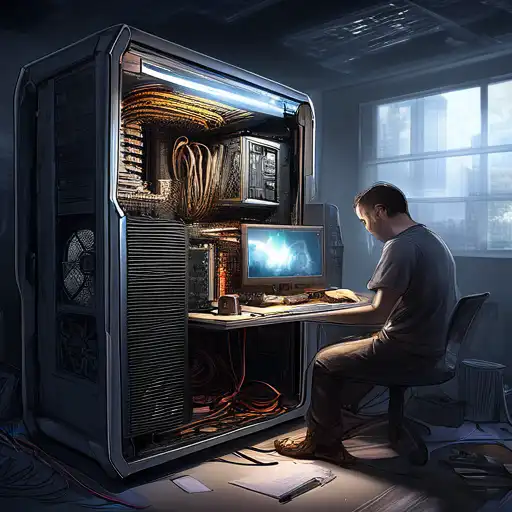Introduction to PC Building
Building your own PC can be a rewarding experience, offering both personal satisfaction and the opportunity to create a machine that perfectly fits your needs. Whether you're a gamer, a content creator, or just someone who wants a custom setup, this guide will walk you through the basics of assembling your own computer.
Why Build Your Own PC?
Building a PC allows you to customize every component to match your performance needs and budget. It can also be more cost-effective than buying a pre-built system, and you'll gain valuable knowledge about how computers work.
Essential Components for Building a PC
Before you start, you'll need to gather all the necessary components. Here's a list of the essential parts:
- Processor (CPU): The brain of your computer.
- Motherboard: The main circuit board that connects all components.
- Memory (RAM): Temporary storage for your computer's operations.
- Storage (SSD/HDD): Where your data is stored long-term.
- Power Supply Unit (PSU): Powers all components.
- Case: Houses all the parts.
- Graphics Card (GPU): Essential for gaming and graphic-intensive tasks.
Choosing the Right Parts
Selecting compatible components is crucial. Research each part to ensure they work together, especially the CPU and motherboard. Websites like PCPartPicker can help you check compatibility.
Step-by-Step Assembly Guide
Now that you have all your parts, it's time to assemble your PC. Follow these steps:
- Prepare Your Workspace: Ensure you have a clean, static-free area.
- Install the CPU: Carefully place the CPU into the motherboard's socket.
- Install RAM: Insert the RAM sticks into the appropriate slots.
- Mount the Motherboard: Secure the motherboard inside the case.
- Install Storage and GPU: Add your SSD/HDD and graphics card.
- Connect Power Supply: Wire the PSU to all components.
- Final Checks: Ensure everything is connected and secure.
Installing the Operating System
After assembling your PC, you'll need to install an operating system (OS). Windows and Linux are popular choices. Follow the OS installation guide to complete your setup.
Tips for First-Time Builders
Building a PC for the first time can be daunting, but these tips can help:
- Watch tutorial videos for visual guidance.
- Take your time to avoid mistakes.
- Keep screws and small parts organized.
- Don't force components; they should fit easily.
Maintenance and Upgrades
Regular maintenance, like cleaning dust from components, can extend your PC's life. Upgrading parts over time can also keep your system up-to-date with the latest technology.
Conclusion
Building your own PC is an exciting project that can save you money and give you a custom machine tailored to your needs. With the right preparation and patience, anyone can assemble their own computer. For more guides and tips, check out our tech guides section.
